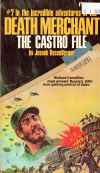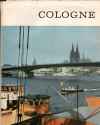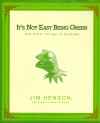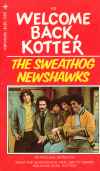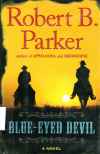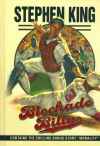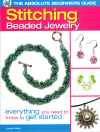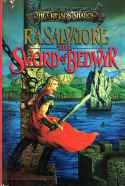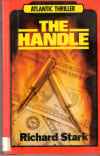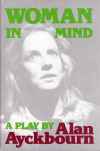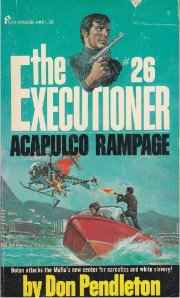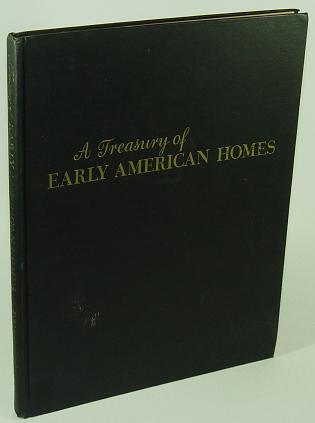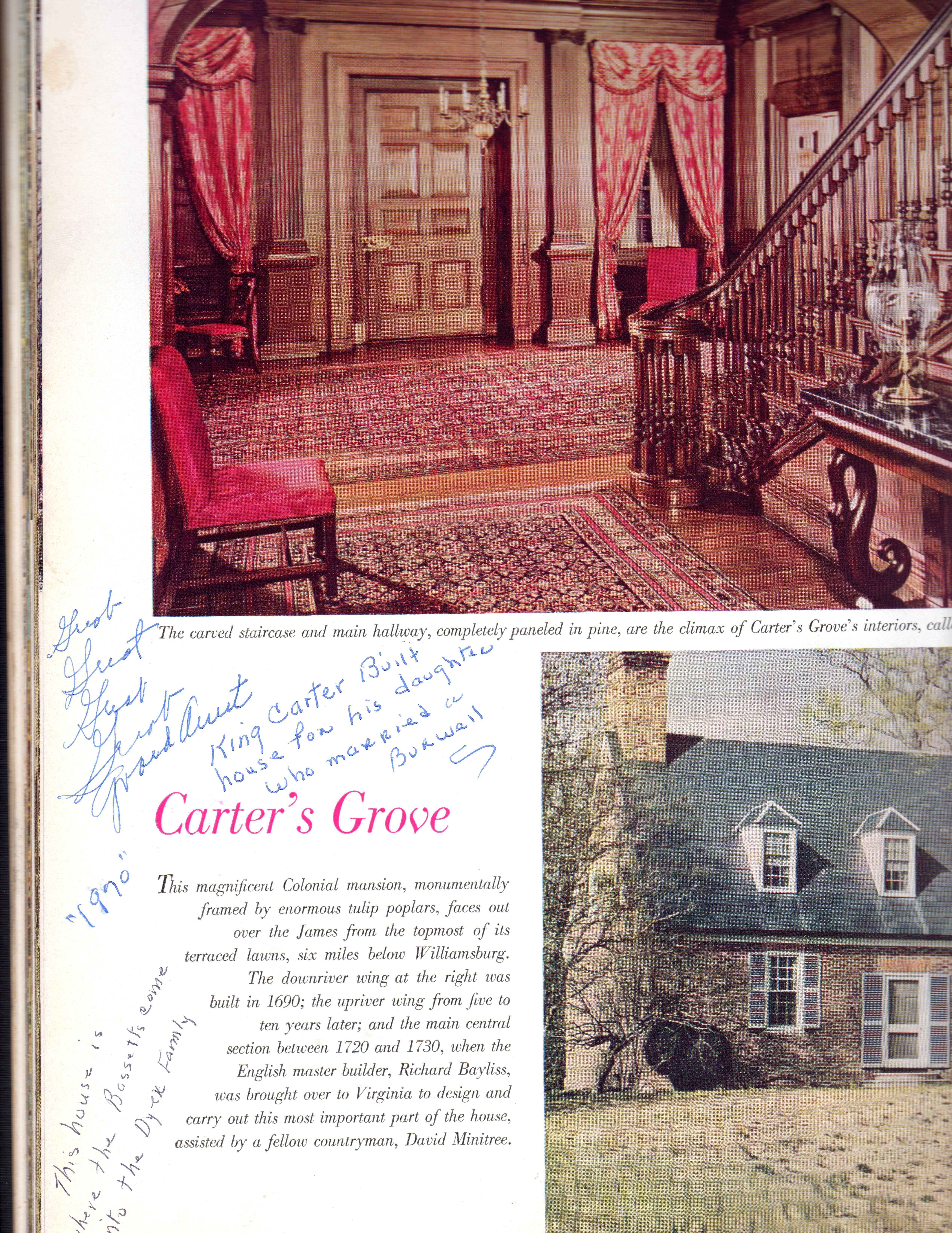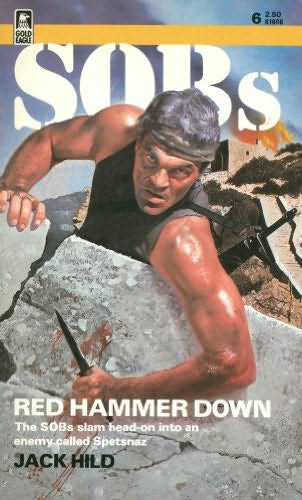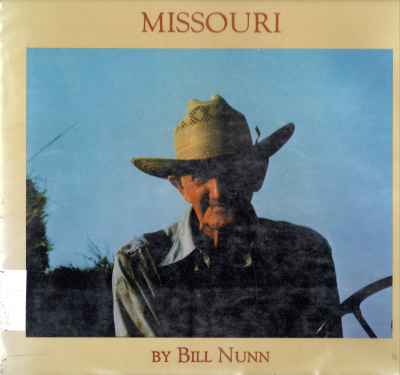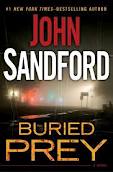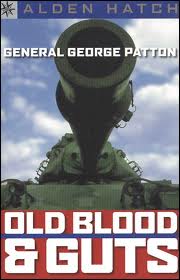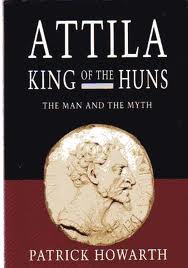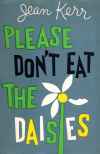 I’ve actually read this book before, some twenty years ago when I was in college or high school. You see, I remember it from the television series which was still running in syndication on KPLR in the 1980s.
I’ve actually read this book before, some twenty years ago when I was in college or high school. You see, I remember it from the television series which was still running in syndication on KPLR in the 1980s.
I don’t remember much from the first reading of the book, but I must have felt enough affection for it that I bought it when I saw it at a book fair again. So I picked it up as a nice episodic read.
Jean Kerr wrote these essays, a collection whose topic matter is not quite as domestic as the television’s sitcom sensibility might indicate, in the early 1950s, which places her smack dab between Clarence Day and Erma Bombeck. Kerr does fit in between them. She was a Tony-award-winning playwright by the time this book came out, she was married to a drama critic, and they had a pile of kids and moved to Connecticut with their help, so it’s in Clarence Day’s upper crust world, but because it’s the 1950s, we see elements of Bombeck’s–and our–world. Dishwashers, for instance. The Kerrs had them during the Eisenhower administration.
As I mentioned, the book tackles some domestic topics, such as the give-and-take with her children who become very literal in obeying instructions and directives when they can think of something not expressly prohibited. Ms. Kerr’s lifestyle is not purely domestic: she mentions that she stays up late and sleeps late so she can write and that the help takes care of the children part or most of the time. So some of her essays are more literary in nature–she satirizes Mike Hammer (in the early 1950s–remember, Mickey Spillane created the character in 1947, not in the 1980s for Stacy Keach), she makes light of a French novel (Bonjour Tristesse), and she talks about the theatre world of New York and Broadway quite a lot.
So the book is varied in content, intelligent and domestic. Smarter than Bombeck, certainly, maybe just more sophisticated. Kerr makes offhand allusions to Kipling, and she expected her readers to know what that meant. Maybe they did then. But I doubt they would now, which is why Kerr isn’t widely read anymore. Come to think of it, neither are Day, Bombeck, or Kipling. I’m all alone out here.
Books mentioned in this review:



